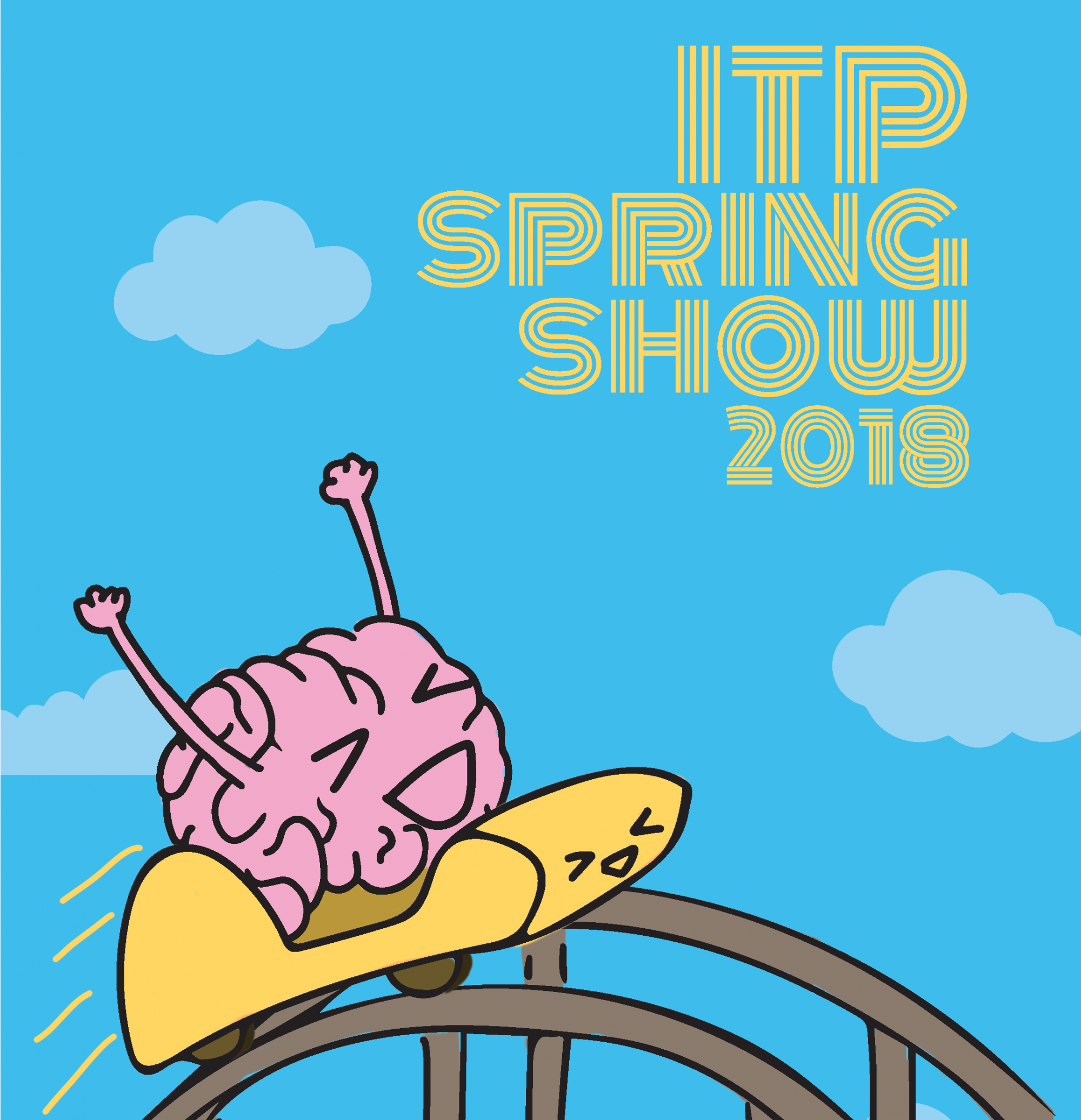William hallett
Composed of a design fiction short film, an avatar-rigged 360 mockup, and some service design deliverables and branding, the project (Snap VR) is a speculative social communications platform for virtual embodiment sharing, where users can record experiences and share them via avatar rigged 360 videos.
https://williamfhallett.wordpress.com/portfolio/snapvr/
Description
This project is based in humanities research into virtual embodiment, compounded with theoretical readings from Mimi Onuoha's Impossible Maps course. Largely aligned with animal studies and critical cartography, the project views technologies of embodiment as empathy machines that pose an alternative to our Western experience of an autonomous and individuated self, making possible a displacement of consciousness into different realities, or Umwelts (Uexkull, 1957). The project takes several prototyping approaches [design fiction, service design, and VR mockup] to envision a social media platform in which users share embodied experiences with one another. The service design is composed of some paper prototypes and branding materials (service blueprint, journey map, stakeholder map, posters, some UX screens). The VR prototype is a 360 video brought into unity with a 3d scan of myself rigged as an avatar with mixamo and final IK. And the design fiction is a short art film of a user experiencing one of my recorded experiences. None of these components are perfect, but together they combine to convey a possible social future in which embodiment is a mainstream medium and tool for information exchange and narrative. Theoretically, this sort of investigation is allied with a larger research inquiry into sociality and sensation and speculative technologies that make sensation recordable and shareable. What happens to our selves when we know what it is like to be someone or something else? A central component to this project is its presentation: making complex research and ideas deliverable, relatable and able to spark meaningful conversations and provocations. I want to do my absolute best to talk it out with viewers and offer my work as the start of a conversation and not a story or object with a specific beginning and end. To this end, a lot of prep will be given to my micro-pitch, trying to engage viewers in short discussions that they can take with them. I am interested in engaging discussions about the future of embodiment.
Classes
Quant Humanists: the I in the API
